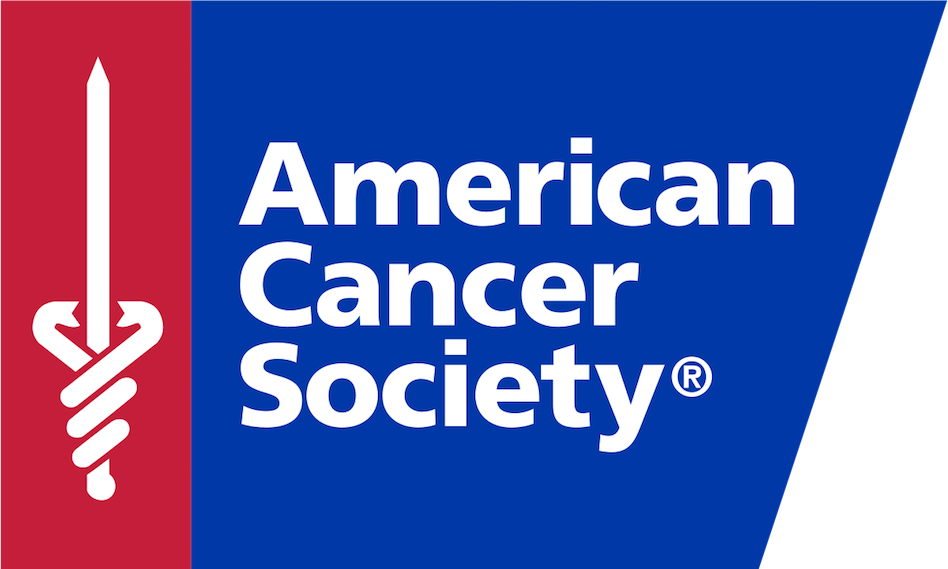American Cancer Society, and National Council Encourage Sun Safety Awareness
The American Cancer Society and the National Council on Skin Cancer Prevention have designated May 22, the Friday prior to Memorial Day weekend, as “Don’t Fry Day” to encourage sun safety awareness.
Don’t Fry Day is a good reminder to protect your skin from harmful ultraviolet (UV) rays while enjoying the outdoors by using a broad-spectrum sunscreen (SPF 30 or higher), wearing protective clothing, a wide-brimmed hat and sunglasses. With gyms closed during COVID-19, walking outside is increasingly popular so skin care remains very important.
UV rays from the sun and other sources like tanning beds are the primary causes of skin cancer, the most common type of cancer in the United States. The American Cancer Society estimates that more than 5.4-million cases of non-melanoma skin cancer will be diagnosed in 3.3-million people, as many have more than one diagnosis, in the U.S. this year. Additionally, an estimated 100,350 cases of melanoma will be diagnosed.
Skin cancer will be deadly for some. In Texas, melanoma is expected to affect an estimated 4,530 people in our state, and approximately 430 Texans diagnosed with the disease will die this year.
“The risk of skin cancer, especially melanoma, is very real,” explains Len Lichtenfeld, MD, MACP, chief medical and scientific officer for the American Cancer Society. “And not being safe in the sun is avoiding the reality that skin cancer can be a deadly disease.”
In order to reduce the risk of skin cancer, The American Cancer Society recommends “Slip! Slop! Slap! And Wrap! to protect from harmful UV radiation:
- Slip on a shirt
- Slop on broad spectrum sunscreen of SPF 30 or higher
- Slap on a hat
- Wrap on sunglasses to protect the eyes and sensitive skin around them from ultraviolet light.
Detecting skin cancer early, when it is in its most treatable stage, is imperative. While any change in appearance on your skin should be checked out by a medical professional, use the ABCDE rule to look for any suspicious or unusual moles:
- Asymmetry—one half of the mole does not match the other.
- Border—edges of the mole are irregular, blurred or ragged.
- Color—color is not uniform and may have patches of pink, red, white or black.
- Diameter—melanoma moles are usually larger than 1/4 inch, but this is not always the case.
- Evolving – the mole is changing in size, shape or color.
Early detection increases cancer survival rates, and prevention lowers the risk of developing skin cancer. While the FDA currently is conducting further research on the safety of sunscreens and their absorption into the body, Dr. Lichtenfeld cautioned recently in his blog, “We really don’t know as much as we need to know about the basic safety of most sunscreens, however, these findings do not indicate that individuals should refrain from the use of sunscreen.”
For more information on skin cancer detection or prevention, contact the American Cancer Society at 1-800-227-2345 or visit cancer.org.













